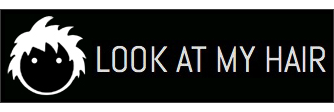The process of creating fur was straightforward and, believe it or not, I didn't need to comb hair at all.
The whole fur has been accomplished using the taper, spherize and length deformers, and the randomize roots and randomize length on full hair.
Used the scale tool a little bit just to balance some fur spots, and rendered in 22 minutes using the advanced shader provided with LAMH.
Added a subtle HDR toning to enhance contrast a bit.
Hope you like it...
 |
| The arctic fox: furred! |
 |
| The un-furred version |








